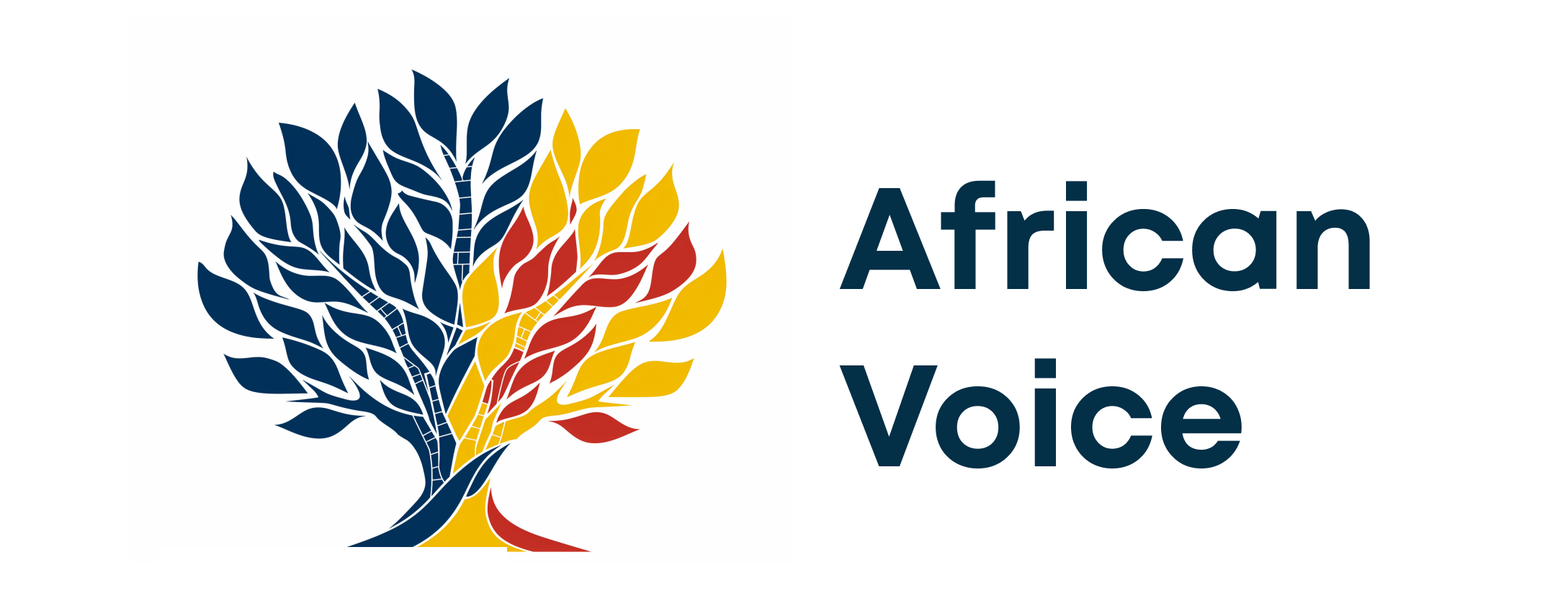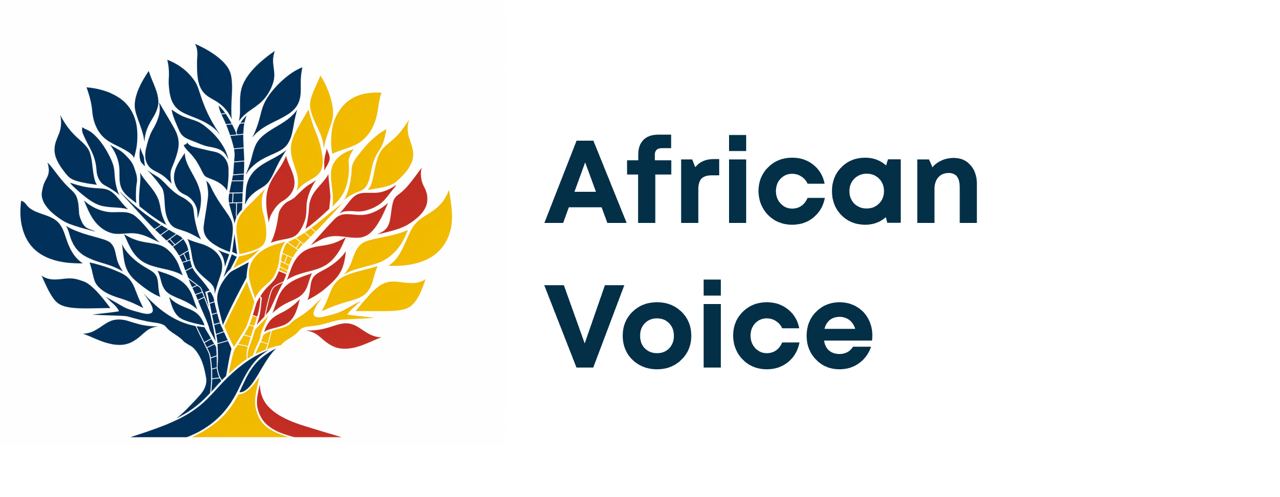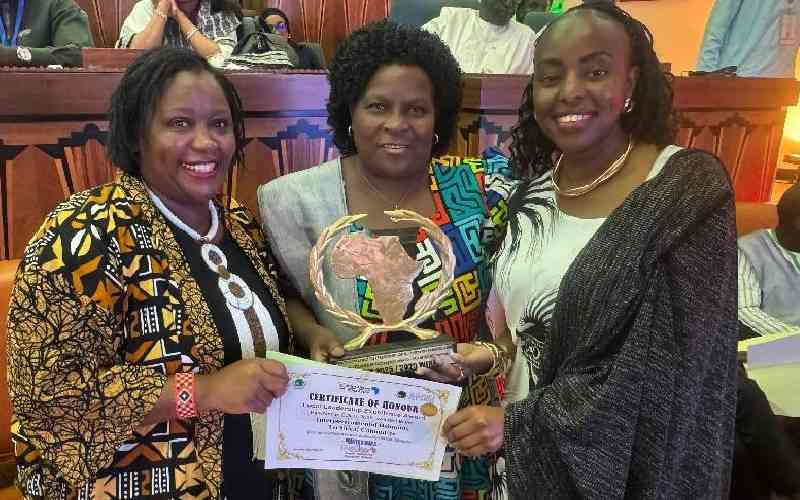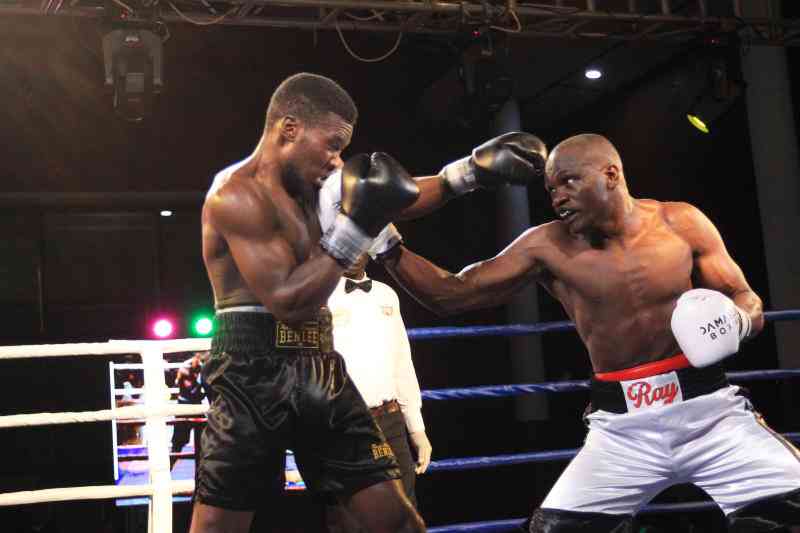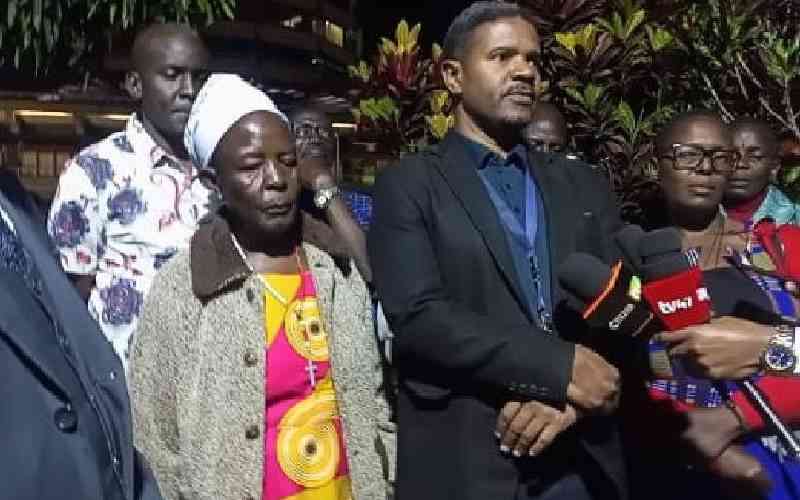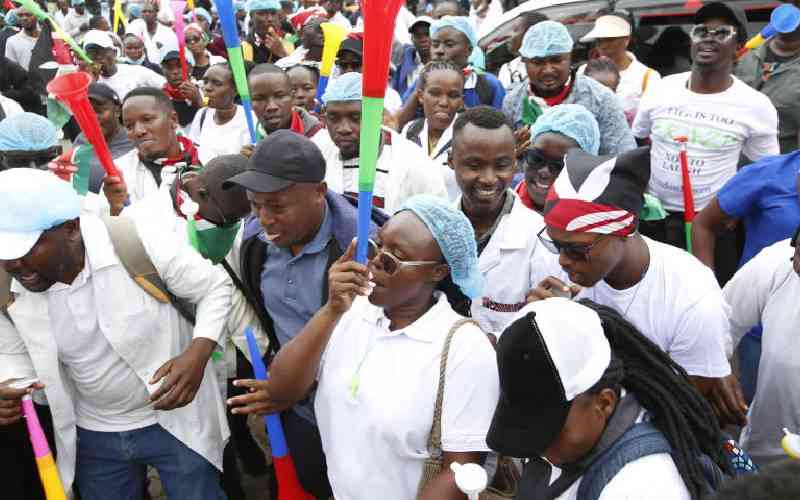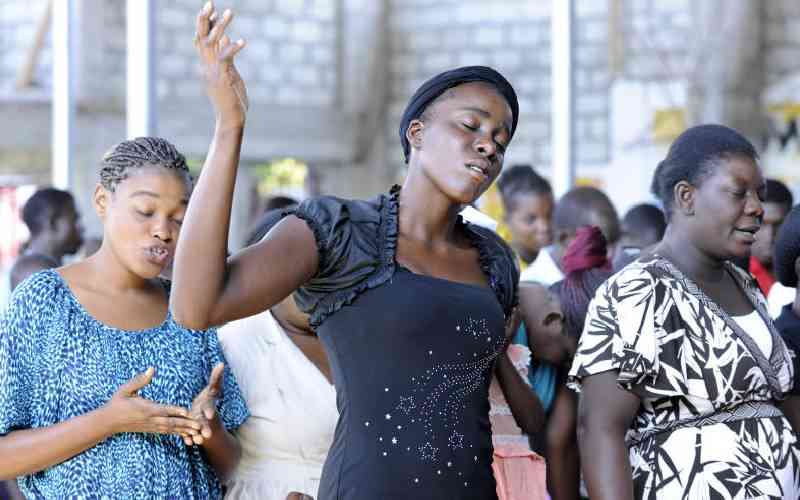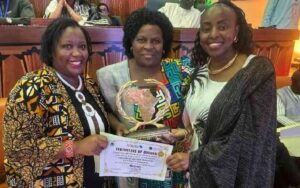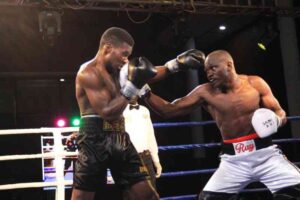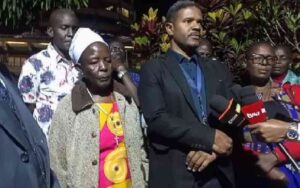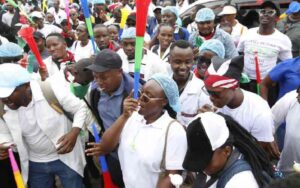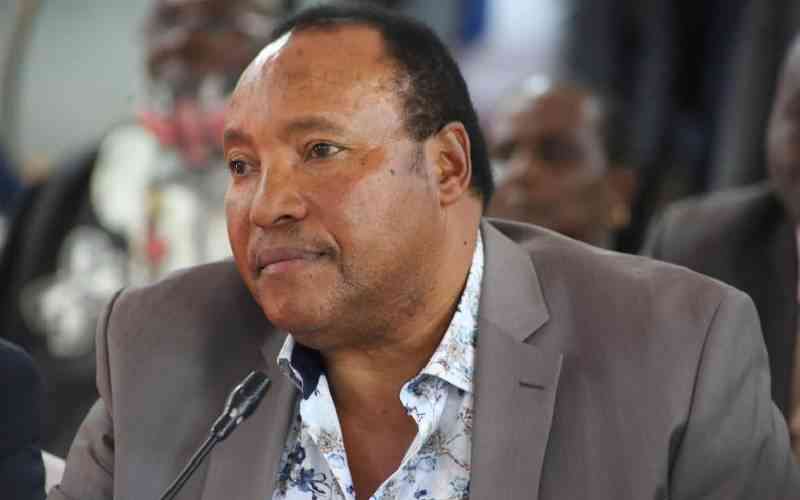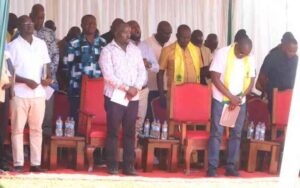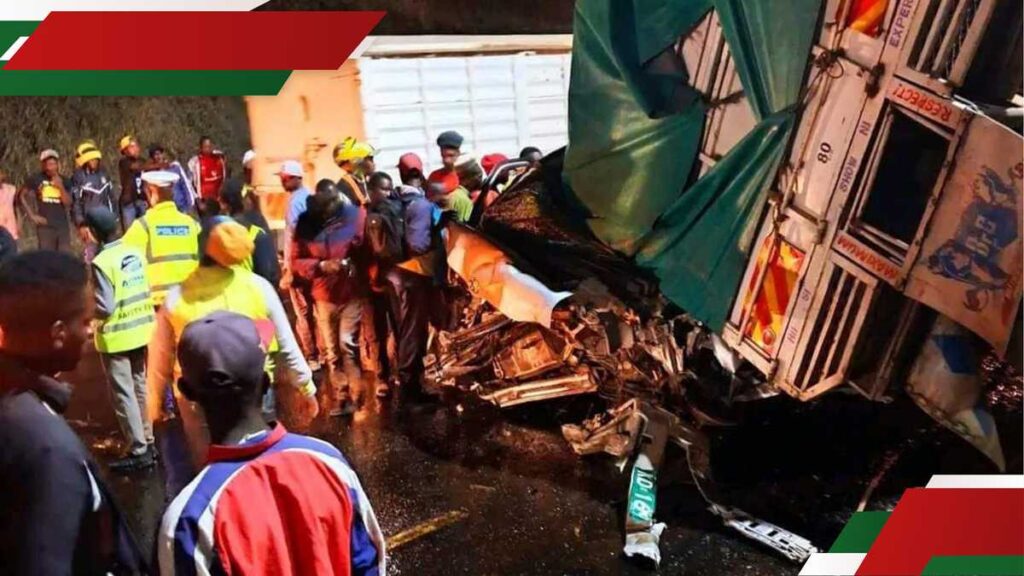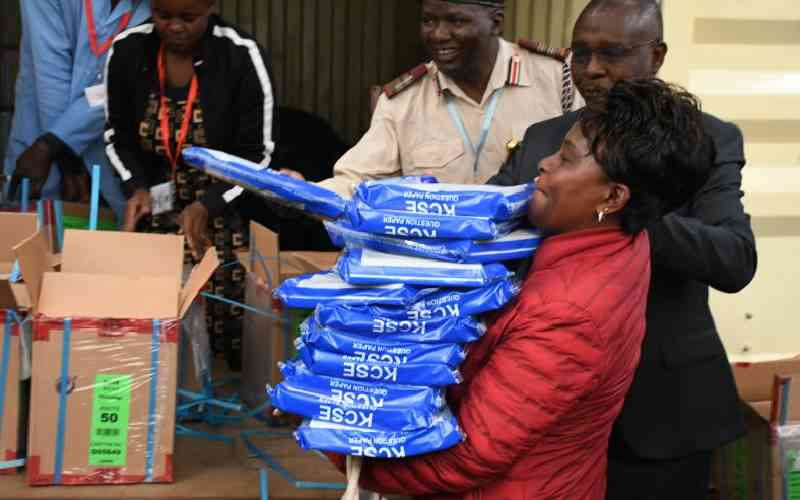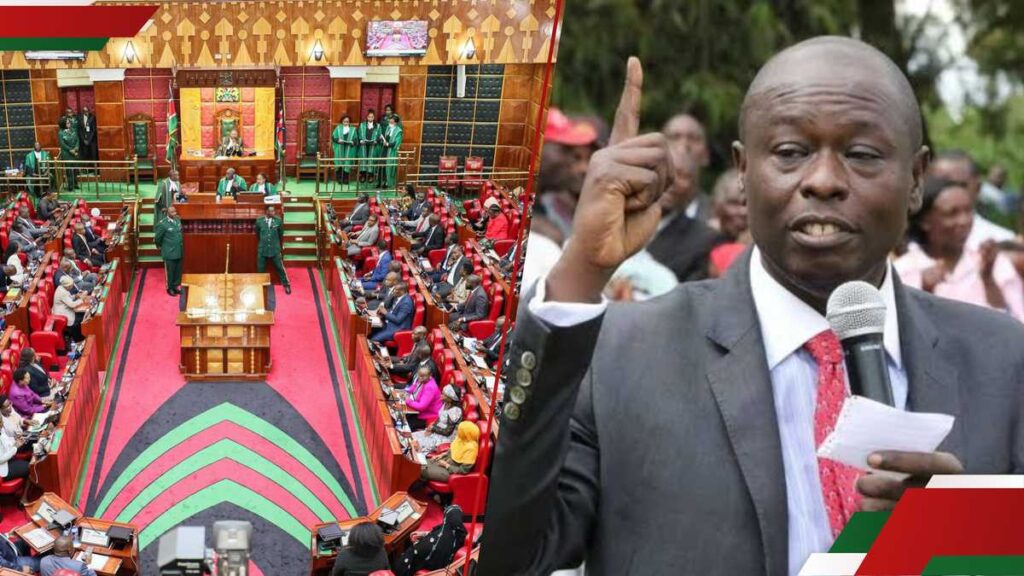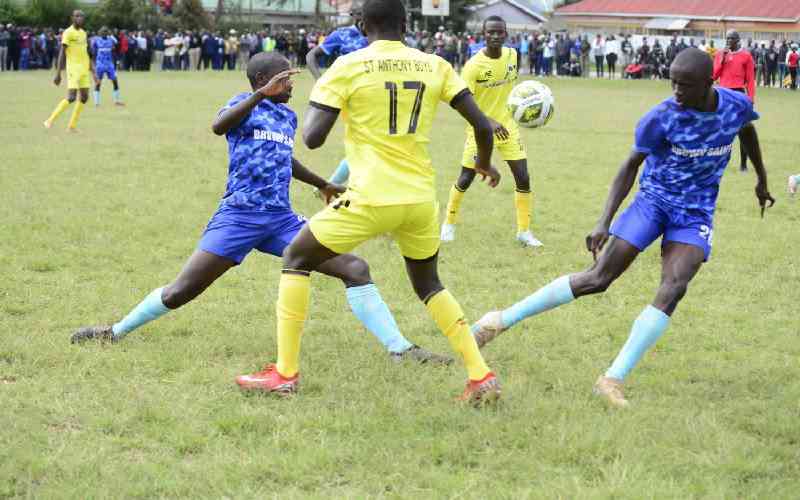As a scholar and researcher of Pentecostalism, I attended a monthly church gathering, known as Daughters of Zion, in the Kenyan capital of Nairobi where women around me were praying loudly and with passion. Usually there are no men present in the gathering, except for the tech team and guest speakers who open a separate discourse.
The gathering’s programme follows an urban Pentecostal rhythm that features prayerful worship, testimonies and sermons, and ends with rounds of prayers.
As a female theologian, I’ve always been struck by the fact that in Pentecostal Christian churches in Kenya, women are seldom preachers, prophets or leaders. Yet where they are particularly visible is as prayer warriors, wailing women, using loud and emotional prayers to fight the evil forces of the devil.
Intrigued by this, I set out to study the Daughters of Zion, based at the Jubilee Christian Church, over the span of three years. Daughters of Zion was started by Kathy Kiuna in 2003 as a women’s ministry. Services are held on the last Saturday of the month. There is also a weekly televised programme dubbed Woman without Limits.
The movement is part of the Jubilee Christian Church, which Kathy and her late husband Allan Kiuna founded in 1999. The Kiunas are protégés of renowned Kenyan woman preacher Teresia Wairimu of Faith Evangelistic Ministries. The couple founded the church with the specific mission to reach urban professionals. As a result, the church has attracted a relatively youthful congregation in the city.
My study explored the notion of women as “prayer warriors” whose battle weapons include “wailing”, an intense emotional expression that becomes a unique source of their spiritual strength.
For my research, I used a grounded method, becoming a participant observer, almost an insider. This meant systematically collecting and analysing my data to develop a theory. I had 20 contacts over a span of three years. Within the three years, I was able to see patterns and themes from the field itself.
I took a close look at these emotional performances to clarify why women enact them. I found that in the context of prayer, women’s emotions are welcomed, celebrated and harnessed. For the wailing woman, crying, howling, lamenting, screaming, shrieking and yelping all express the emotions of encountering adverse circumstances. These include childlessness, singleness, failing marriages and the lack of a job.
Women’s emotions become a source of power that positions them at the frontline of the spiritual battlefield as prayer warriors. But this strength of prayer doesn’t translate into significant leadership. Women remain in the margins, perceived as “weaker vessels” when it comes to preaching and accessing positions of power in church.
My recently published findings point to the fact that women have found a place of power in a patriachal system. They point to the fact that women find their voice and agency in prayer. Prayer is a ready technique and tool for women to engage seemingly intractable challenges – at the domestic and national levels.
Wailing is a global phenomenon. In popular culture, “wailing” brings to mind the famous Jamaican singing group, Bob Marley and the Wailers. Renowned not only for entertainment but also for raising a social conscience, their music had a potent political aesthetic.
The Wailers were staunch advocates of social justice who used music as a means of protesting injustice and oppression in songs such as Burning and Looting and Get Up, Stand Up. People who were suffering from many forms of social and political oppression – not just in Jamaica but across the world – related to the Wailers’ music, whether they were denouncing oppression or praising the strength of love, harmony and community.
The Shouters Baptist Movement in the Caribbean also used the ostentatious expression of shouts as a means of self-stabilisation in the face of colonial oppression. The cultural musical customs of the Shouters Baptists, which include drumming and singing, persist as an essential component of Caribbean culture and the movement’s continuity.
In sum, these expressions of wailing describe an emotional activity with political ends. From ancient to contemporary Israel, to the socio-religious culture of the Caribbean, to that of Kenya, wailing describes responses to events of tragedy, attendant trauma and consequent efforts of survival.
Through wailing, people attempt to turn a defining catastrophic event into a memory, a means of sustaining the community morally and socially, and generating identity and healing.
Stay informed. Subscribe to our newsletter
The concept of wailing doesn’t differ much in the Daughters of Zion in Kenya. Women play similar roles of bringing forward private grief and they collectively try to derive healing from pain. The women proudly wear the identity of wailers whose emotions are expressed through prayers.
Daughters of Zion uses the term “wailing women” to describe the participants in its prayer assemblies. The movement’s mission is to empower women, most visibly through a persistent call for them to pray, weep and mourn. The women engage in intense prayers while sitting, running or lying prostrate, addressing domestic and personal issues.
These prayers that overcome life’s challenges, it is taught, require intense emotions to connect with the transcendent and draw on mystical sources of strength. Women’s purported natural ability to be emotive is, therefore, harnessed in the performance of highly animated prayers.
These women also celebrate victory and triumph over circumstances. In this way, they move from being “wailing women” to “jubilant women”. This transition is expressed through emotionally charged prayers and joyful thanksgiving with song and dance for answered prayers.
These Kenyan prayer warriors draw inspiration from the life of Hannah in the Bible. She was a childless woman who was scorned and mocked for it. She makes an emotionally distressing prayer to the point that a priest mistakes her for a drunk. After her prayers are answered and she eventually has a son, Hannah rejoices by breaking into song.
This narrative of overcoming fruitlessness to becoming a productive woman resonates with the prayer warriors I observed for my study. They appropriate her story by going through its phases – distress, prayer and testimony. They bring forward private grief and collectively try to derive healing from pain.
